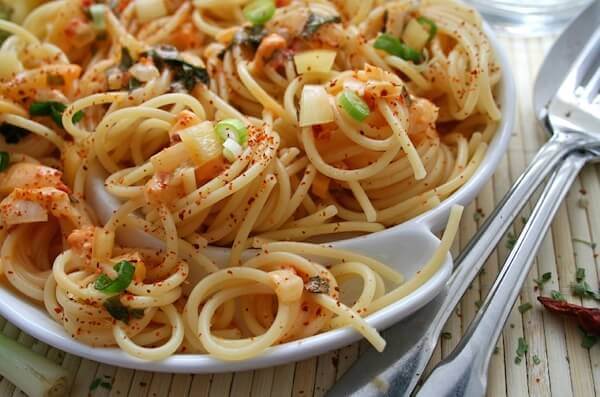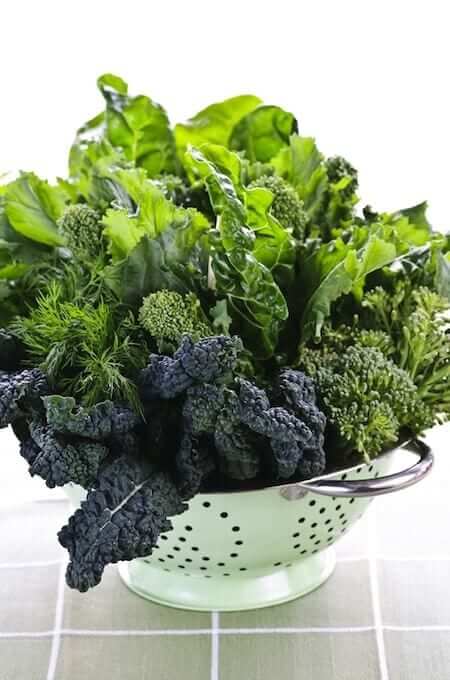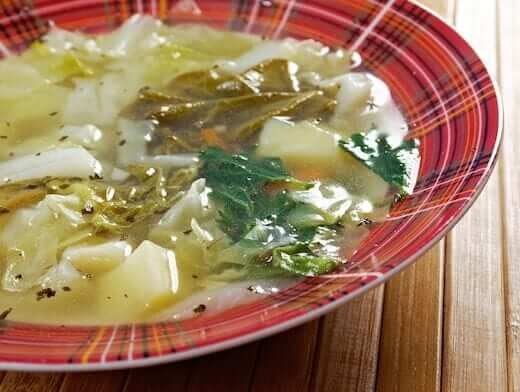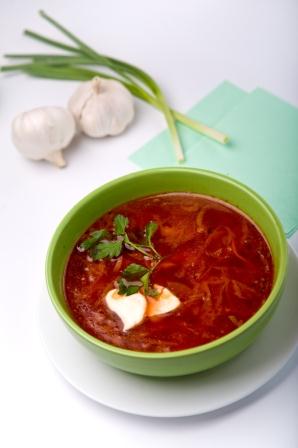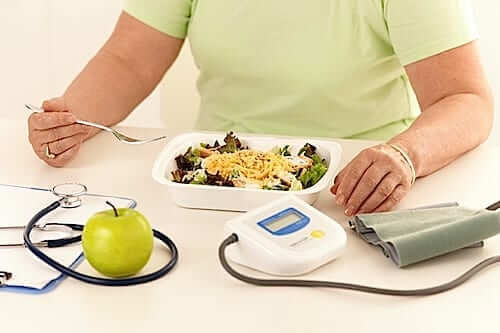Does the Food Lovers Diet Work?
The food lovers diet has undergone a lot of criticism with its “eat anything you want and lose weight” tagline. However, beneath the surface, it is actually a reasonable weight loss program that is based on tried and proven methods. Believed by some to be a form of a low-carb diet, it combines several techniques from different meal plans to provide a single solution that can potentially offer long-term results.
The Basic Premise of the Food Lovers Diet
Advocates of this 21-day meal plan focus on the diet’s effect on your metabolism and blood sugar. Metabolism is a process through which all the food you eat is turned into glucose and other nutrients. Like a machine, it constantly needs food to metabolize to maintain or increase its pace. Weight gain steps in when there is no food to process because of eating too few meals a day. In this case, metabolism slows down and the body tends to hold on to fat.
Another factor that might lead to weight gain is of course, eating the wrong foods. When you eat simple carbohydrates (like those found in processed foods), they are processed much faster than fresh, healthy food. As a result, glucose is quickly released into the system and causes insulin to rise rapidly. When this happens, the glucose is stored as fat and you become hungry again. This is a vicious cycle.
Given the scientific arguments behind the food lovers diet, this meal plan recommends eating as often as 6 times a day. These meals should consist mainly of lean protein and unsaturated healthy fats. Simple or fast-metabolizing carbs should be replaced with whole grains and fruit to prevent insulin overproduction.
The Food Lovers Diet Food List
The food lovers diet is one of the most lenient eating plans available today. You can compile a grocery list by simply focusing on 4 food groups: lean protein, unsaturated fats, fruits and vegetables.
Lean protein conjures up images of a large steak, but it can also be found in eggs, chicken and poultry. Vegetarians can opt for legumes like green peas and beans. Nuts are also full of protein and provide healthy fats as well. The same is true for avocadoes, fish and olive oil. When fat and protein are combined in meals, they can be quite filling and hardly have an effect on blood sugar.
Grains are called “whole” because they go through minimal processing and still contain plenty of fiber. It is this fiber that can slow down glucose release and help normalize insulin levels. Brown rice, steel cut oats and whole wheat bread are examples of whole grains. Limit these carbs to as little as a cup a day for maximum weight loss.
How Much Weight Can You Lose on the Food Lovers Diet?
Although it is advertised as a long-term meal plan, special importance is placed on the first 21 days. This is the period where your metabolism is expected to speed up. Many claim to have lost an average of 3 pounds a week. Thereafter, weight loss might slow down significantly unless backed up by regular exercise.
Much of the criticism behind the food lovers diet stems from the claim that you can eat whatever you want as long as it’s controlled. This is not necessarily true. Yes, dieters are encouraged to eat a variety of foods regularly. However, foods need to be of the healthy variety and contain moderate calories for the meal plan to work.

